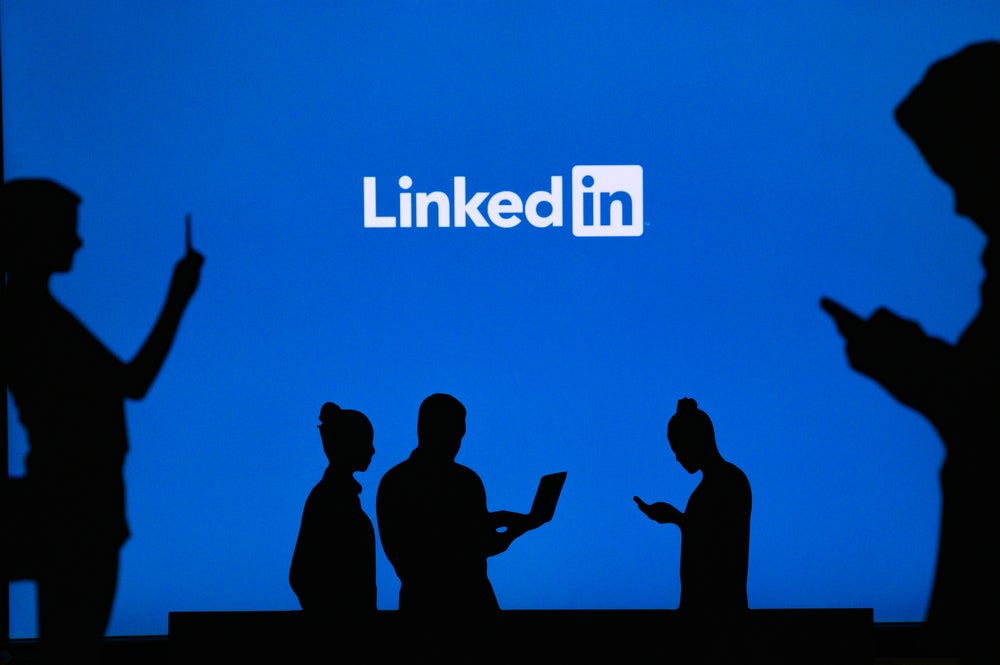In a now-viral LinkedIn post, Bryan Shankman—an executive salesperson from California—bizarrely linked his recent engagement to his fiancée to his line of work, explaining:
“I proposed to my girlfriend this weekend. Here’s what it taught me about business-to-business (B2B) sales…”
Shankman then proceeded to describe point-by-point how his recent personal successes improved his professional engagements. Many viewers found the post undeniably peculiar, but absolutely hilarious.
It is hard to say whether the post itself is even real, or whether it is mocking the now-common trend of ‘LinkedIn influencers’. Nevertheless, the post highlights how social media has completely altered our perceptions and understanding of what it means to be a professional.
How LinkedIn changed professional networking
LinkedIn is a business and employment-focused social media platform launched in May 2003. It quickly became ingrained in the Western job market as a key tool to advertise individuals, jobs, companies, and events.
To its credit, LinkedIn has completely changed how professionals interact. If you go to a conference today, you will not be given a single business card, but a QR code that links to an individual’s LinkedIn profile. And that’s not all.

US Tariffs are shifting - will you react or anticipate?
Don’t let policy changes catch you off guard. Stay proactive with real-time data and expert analysis.
By GlobalDataAlthough the posts are more formal on LinkedIn than on other social media platforms, you cannot deny that LinkedIn has its own language. As seen in Shankman’s post, most LinkedIn posts follow a pretty formulaic format; an emoji, followed by text, with each point separated by double spacing. Could anyone in the early 2000s have predicted that emojis would have become part of the professional vocabulary?
Emojis defy traditional professional etiquette. They are not formal. They are arguably unnecessary. They don’t convey a specific message. But, what they do (or at least what people hope they do) is grab the reader’s attention.
The ability to use the public’s attention to generate a sense of likeness or relatability towards a corporation has driven many companies to try to build social media followings beyond LinkedIn.
The TikTokification of the office
One of the first companies to successfully improve its positive image using its social media presence was the budget airline Ryanair. Employing Gen Z marketers, Ryanair gained a cult following on TikTok making fun of itself and its more disliked company policies, such as airplane delays, endless extra fees, and the like.
The success of Ryanair and many other companies on social media has normalised the use of company employees themselves in online marketing campaigns. Today, some of the largest companies in the world—including PwC, Marks & Spencer, and Duolingo—all use office employees as social media ‘characters’ to adapt TikTok trends to the corporate world.
This online content not only aims to increase awareness of a company, but also aims to reinforce a company’s image as modern, inclusive, and approachable—both for consumers and prospective employees.









